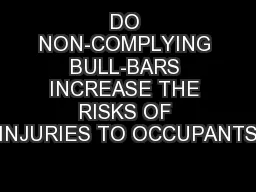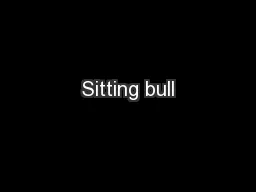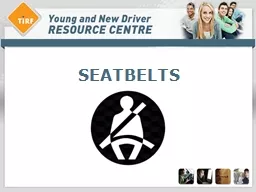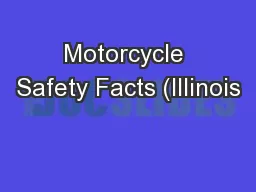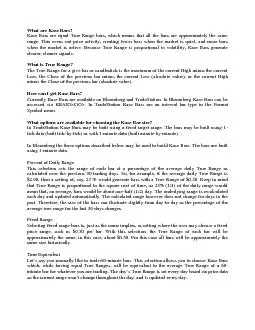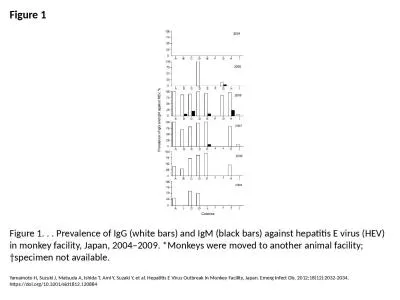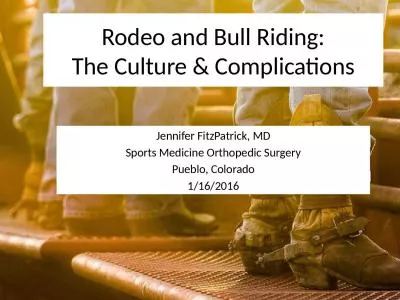PPT-DO NON-COMPLYING BULL-BARS INCREASE THE RISKS OF INJURIES TO OCCUPANTS
Author : test | Published Date : 2018-12-12
OF OTHER VEHICLES Basuki Suratno 1 David Black 2 Ross Dal Nevo 2 Michael Paine 3 and Keith Simmons 1 1 Centre for Road Safety Transport for NSW 2 Crashlab Roads
Presentation Embed Code
Download Presentation
Download Presentation The PPT/PDF document "DO NON-COMPLYING BULL-BARS INCREASE THE ..." is the property of its rightful owner. Permission is granted to download and print the materials on this website for personal, non-commercial use only, and to display it on your personal computer provided you do not modify the materials and that you retain all copyright notices contained in the materials. By downloading content from our website, you accept the terms of this agreement.
DO NON-COMPLYING BULL-BARS INCREASE THE RISKS OF INJURIES TO OCCUPANTS: Transcript
Download Rules Of Document
"DO NON-COMPLYING BULL-BARS INCREASE THE RISKS OF INJURIES TO OCCUPANTS"The content belongs to its owner. You may download and print it for personal use, without modification, and keep all copyright notices. By downloading, you agree to these terms.
Related Documents

